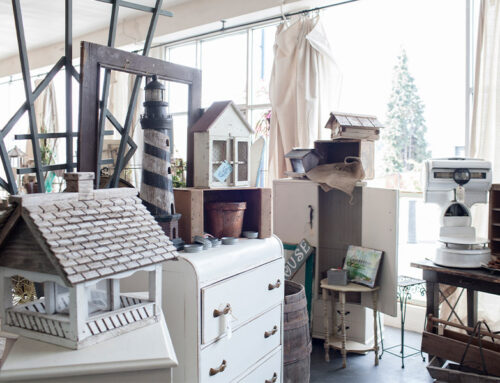Hammer
Duh- for the nails.
Power Screwdriver
There is nothing worse than trying to screw in all those screws by hand. Get one- it is worth it.
Tubing Cutter
The tubing cutter is the other major device to consider down these lines. A tubing cutter looks similar to a G-clamp, allowing for simple and clean cutting of copper pipe that might be present or required somewhere in your home.
The tubing cutter is a versatile product, as well. It can be purchased for both standard tubing sizes and close-quarters cutting needs for tighter spaces.
Metal File
This tool will remove these imperfections and allow you to smooth pipe edges easily.
Generally speaking, you should consider two metal files: A half-round type with both rounded and flat surfaces, plus a rat-tail file that’s round and tapered. Between these, you should be covered for the most common pipe cutting formats.
Putty Knife
A putty knife, also known as a scraper, is useful for a variety of jobs. You can use it to apply and smooth down wood putty or spackle, scrape off peeling paint or wallpaper, or remove caulk around a tub or a window. The narrow blade is also useful for prying open a can of putty before applying it. Afterward, you can use the handle end to bang the lid closed again.
Handsaw
A handsaw is simply a toothed cutting blade attached to a handle. It’s useful for making quick cuts in wood because it’s much faster and simpler to use than a power saw. It’s also ideal for building a treehouse since it’s not easy to haul a power saw up a ladder.
Pliers
Often, when you’re doing a DIY job, you need to grasp onto something so you can pull or turn it. You can try grabbing it with your fingers, but sometimes they’re not strong enough to apply the force you need.
That’s where a pair of pliers comes in handy. It has metal teeth on one end to grip onto an object, and long handles on the other end to give you leverage as you pull, bend, or twist it. You can use pliers for loosening nuts, pulling out nails, straightening bent power plugs, removing plumbing fixtures, and pinching wires together to splice them.




